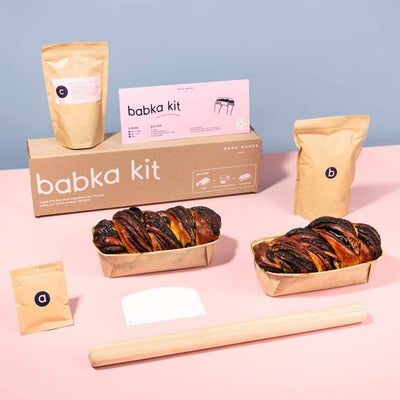Tips for Cooking on an Electric Stove

Electric stove usage is on the rise and it is estimated that approximately two-thirds of Americans are already using this method of cooking in their households. Despite the sometimes negative chatter surrounding electric stovetops, we are here to reassure you that your electric stove is not bad, it just might be a bit quirky! Below, we've compiled some of our top tips to ease your hesitations and help if you're new to cooking on an electric range.
Note the Hot Surface Indicator
Since electric stoves do not produce a flame, it can be harder to tell when your electric stovetop is turned off or cooled down. To keep yourself from accidentally touching a hot burner and hurting yourself, pay close attention to the hot surface indicator light. This light will stay on until your stove's surface has dropped to a non-threatening level and is a good way for you to know when it has become okay to touch or if the light is not going away after you're done cooking, an easy indicator that you might have forgotten to turn the stovetop off.
Manage Heat Differently
With a traditional gas range, you can more easily control the heat. This helps when you need to quickly turn the flame down to keep pots from boiling over or ingredients from burning. The change is almost instant. Unfortunately, electric stoves do not respond as quickly in these situations. When you turn the heat down on an electric stovetop, the coils or surface will remain hot for after you've turned the burner down. This issue is made worse because there is no airspace between the burner and your pan, unlike a gas stove, for the heat to escape from. For this, we recommend the two-burner method when cooking! Keep another burner either at low heat or completely off for you to transfer your pot or pan to when you need the heat turned down, but don't want to interrupt the cooking process.

Heat Monitoring
Another thing you may not know about electric stoves is that the heating element will turn on and off throughout the cooking process to help manage the temperature and prevent overheating. This becomes more noticeable at low-temperature settings, but if you pay attention, you will see it happen when the burner is turned all the way up as well. Most of the time, this won't impact how you use the stove, but if you're cooking a recipe where the temperature needs to be turned up or down throughout the cooking process, you will need to monitor this more closely.
Invest in Quality Cookware
While cooking with warped bottom pots and pans in never recommended, it is especially important to avoid using this cookware when using an electric range. Pots and pans need to have a flat bottom to ensure they have good contact with the burner. Good burner contact helps prevent your cookware from turning the heating element on and off excessively, shaking while in use, and damaging your nice stovetop. Quality pots and pans also conduct heat better, which is crucial for achieving the results you want in the kitchen. If you're going to invest in an electric stove, be sure to invest in the proper tools as well!






Leave a comment